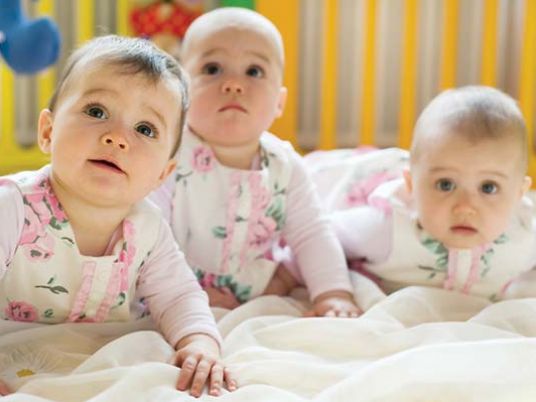
At six months, infants prefer listening to each other than to adults, according to a new study from McGill University in Canada that could have implications for helping children learn to talk.
Babies' natural attraction to one another's 'goo-goo' sounds could be what kick-starts and supports the essential processes involved in speech development.
Baby babble captivates
The research team discovered babies' mutual attraction to their own sounds in several experiments in which they played a repeating vowel sound.
This sound was played in two formats, one being similar to how an adult woman would mimic baby talk and the other format imitating genuine baby talk.
It's important to note that in both cases the sounds were crafted using a synthesis tool rather than being produced by human vocal cords.
The research team measured how long the sounds held the babies' attention and they showed a clear preference for those that corresponded with their own sounds, listening to the baby frequency a full 40 percent longer, on average.
Why we mimic baby talk?
Parents and caregivers could be demonstrating a very human intuition when they imitate their babies' goo-goos and ga-gas, according to the study.
"Perhaps, when we use a high, infant-like voice pitch to speak to our babies, we are actually preparing them to perceive their own voice," says senior author Professor Linda Polka, of McGill's School of Communication Disorders.
Self-discovery, baby-style
Young infants' speech sounds are really about exploration and are not an attempt at communication, says Polka.
This is evident because babies vocalize even when they are alone in the absence of eye contact or other interaction, she says.
Learning to speak involves moving the mouth and testing the vocal cords to see the range of sounds they can make, according to Polka.
The study, which could offer new avenues of assisting children with hearing and speech problems, was published in the journal Developmental Science.
